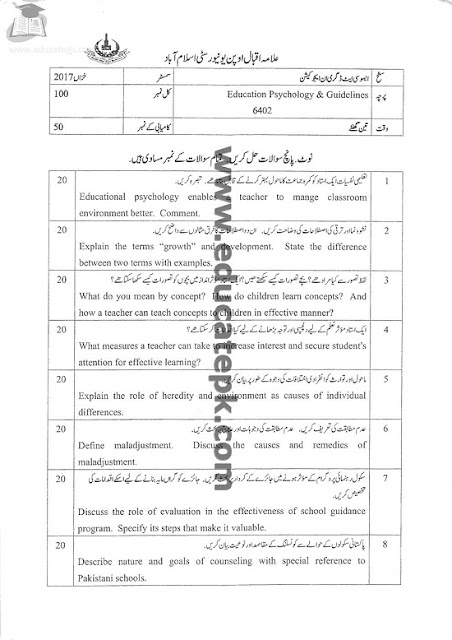
The Method tab is for researchers who are looking to learn about specific machine learning methodologies. It has categories and subcategories in the form of display cards. The Methods tab is similar to the Browse State-of-the-Art tab.
#PAPERS WITH CODE FOR FREE#
Furthermore, you can start a cloud Jupyter Notebook for free with just one click.
#PAPERS WITH CODE DOWNLOAD#
You can also check out the Datasets section on DataCamp to download the various types of datasets. In short, the Dataset tab is fully integrated with other parts of the website to provide a smooth user experience for conducting in-depth research. Similar Datasets: list of similar datasets based on tasks and modality.Tasks: tags of machine learning tasks such as Image Generation, Graph Classification, and Stochastic Optimization.Dataset Loaders: download and load datasets into various machine learning frameworks such as TensorFlow, PyTorch, and Jax.It contains code, results, date, and number of stars on the repo. Papers: list of best research papers using the dataset.Languages: the NLP dataset showcases the tags of natural languages.Modalities: various modality tags with a link.Benchmark: ranking the best performing model on a particular task using the dataset.Usage: number of papers per year that have used the dataset.Sample images: a collection of various images in a dataset.You will find various interactive sections such as: The fun part starts when you click on a particular dataset. You can filter datasets based on modality, tasks, and languages. But, if you are working on research that requires multiple datasets on a specific machine learning problem, the Dataset tab will help you find any popular dataset using search and filter features. Generally, the website is interconnected, and you don’t have to find datasets individually. Instead of categories and subcategories, you can search for a specific dataset or use various filters to find the dataset. You can also look at the popular templates, tutorials, and cheat sheets. It consists of a collection of beginner-friendly courses, machine learning with Python and R, and project-based courses. If you want to learn about various categories of machine learning, check out our Machine Learning Courses page. Furthermore, you can compare various model performance metrics on the same dataset. The primary purpose of the Browse State-of-the-Art section is to provide you with information on best-performing models on a given dataset, popular libraries, a list of datasets, sub-tasks, and most implemented papers. And when you click on a subcategory card, you see a brief definition of the subcategory and the benchmark. For example:Įach of the above categories has subcategories.
#PAPERS WITH CODE CODE#
Papers With Code | Browse State-of-the-Artīy clicking on Browse State-of-the-Art tab, you will see categories and subcategories based on various machine learning fields of study. It provides a complete ecosystem for open-source contributors, machine learning engineers, data scientists, researchers, and students to make it easy to share ideas and boost machine learning development.Īll the content on the Papers With Code is openly licensed under CC-BY-SA, and anyone can contribute using the “Edit” buttons. Papers With Code is a community-driven platform for learning about state-of-the-art research papers on machine learning. You can keep scrolling down to see past trending papers with 1000+ stars and multiple community-contributed code implementations. The trending page is similar to any social media landing page. Or, if you are interested in the implementation, you can click on Code and access the GitHub repository consisting of results, code implementations, and dependencies. If you like the research paper, click on the Paper button to read the abstract and view results, datasets, and various code implementations. On the landing page, you will see the trending research papers based on the number of starts per hour. In this blog, we will explore Papers With Code's various key features and learn the best way to conduct research for machine learning projects. You can filter your search using tags on various tasks, sub-tasks, models, datasets, and methods to explore the topic in depth. It is so much more than searching for a research paper. Furthermore, you can compare different models' architecture results on a similar topic using the leaderboard feature. It's made things far easier to read research papers, giving a quick glance at their summary, code implementation, result, and dataset. Now imagine you have to repeat this step 30 more times for your thesis or research project. You will spend hours and hours searching for them individually. You find something interesting and want to see the code implementation, dataset, and results.

Imagine searching for a particular machine learning research paper on Google.


 0 kommentar(er)
0 kommentar(er)
